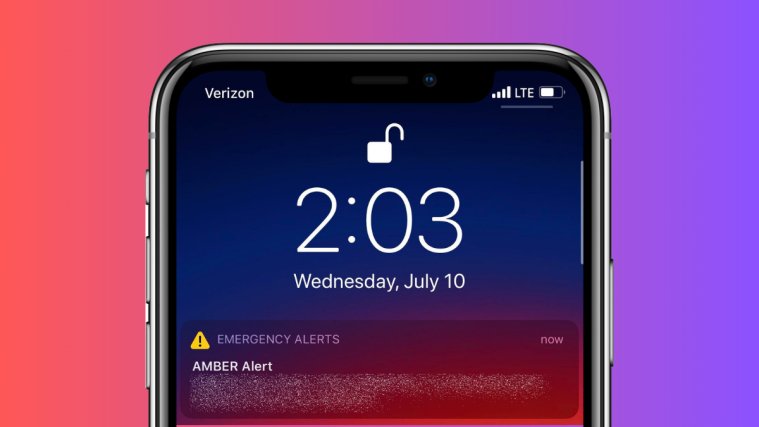Zoom has become the most popular video conferencing service today. Since the pandemic started, the company witnessed exponential growth in the number of users. To keep up with the growing number of users and their needs, Zoom introduces new features to the service now and then. An old feature that has managed to elude many users is the ability to mirror your video feed. Let’s take a look at it.
What is Zoom’s Mirror my video feature and how it works?
Most people look at themselves in the mirror which is a reversed image of themselves. This image is often different from the actual image that a person sees when looking at you. While video feeds work similarly, it can often be jarring when you look at an unmirrored image of yourself.
To combat this issue, services like Zoom include the ability to mirror your video feed. This lets you see yourself as your users on the video will see you: not-mirrored.
This feature has been most prominent in iPhones where mirroring of images is enabled by default. It is often considered as the reason for the Placebo that most apple devices produce better selfies.
Should you enable Mirror my video?
Mirror my video feature is enabled by default for your video feed in Zoom. If it’s not, you shall enable it. This helps you see yourself as your users are seeing you.
Also, the feature affects you, not the users. Whether you enable or disable it, it doesn’t affect your users who are seeing an un-mirrored video only.
When to disable Mirror my video?
While a great feature, it can often end up being cumbersome especially if you are a Teacher. Mirror my video causes any background or text that you are showing to the meeting, to be reversed as well, for you. This makes it harder for you to keep up with what’s going on the screen.
Thankfully, this feature can be easily disabled in Zoom settings. Check out the guide below to disable Mirror my video in Zoom. So, anyone who is dealing with text on their screen would be good with this feature disabled.
Who is ‘Mirror my video’ for?
While ‘Mirror my video’ has been used by many users for different purposes, it was ideally developed by Zoom to combat native mirroring of images. Many cameras tend to mirror your image by default which can be obstructive during Zoom meetings. This option can help unmirror your video by either mirroring it again or disabling it completely if your device allows it.
Will my viewers see a mirrored video if I enable mirroring?
No, your viewers will be able to see your video feed normally even if you have mirroring enabled. While a great way to ensure the proper look for your video feed, it can end up being cumbersome for teachers and lecturers. This is especially the case if your camera API enables mirroring by default as then there is no way left to unmirror your video feed.
So, yes, you shall keep it enabled if you do not want to see a mirrored copy for yourself — it won’t affect your users anyway.
How to enable and disable Mirror my video on Zoom?
Okay, here is how you can enable or disable the mirror effect on your Zoom app on PC, iPhone, and Android.
On PC
Open the Zoom desktop client on your system and click on your ‘profile picture’ in the top right corner.

Now select ‘Settings’.

Now click on ‘Video’ in the left sidebar.

In the right tab, under the ‘My video’ section, you will find a checkbox for ‘Mirror my video’.
- If you wish to enable mirroring, then make sure that the checkbox is checked.
- If you wish to disable mirroring, then ensure that the checkbox is unchecked.

Mirroring in Zoom should now be disabled or enabled depending on your choice.
On iPhone
Open the Zoom app on your iOS device and tap on the ‘Gear’ icon in the top left corner of your screen. If you are logged in, tap on the ‘Settings’ icon in the bottom right corner of your screen.

Now tap and select ‘Meetings’ to access Zoom settings for your meetings.

Scroll down and you should find a switch for ‘Mirror My Video’.

- Enable the switch if you wish to enable mirroring.
- Disable the switch if you wish to disable mirroring of your video feed.
Mirroring should now be enabled or disabled depending on your choice on your iOS device.
On Android
Open the Zoom app on your device and tap on the gear icon in the top left corner of your screen if you are logged out. If you are logged in, tap on ‘Settings’ in the bottom right corner of your screen.

Now tap on ‘Meeting’.

Scroll down a bit and you should find a switch for ‘Mirror my video’.

- Enable the switch if you wish to mirror your video feed.
- Disable the switch if you wish to prevent your video feed from mirroring itself.
Zoom should now enable or disable mirroring in your meetings depending on your preference.
We hope this guide helped you learn everything you needed to know about mirroring in Zoom. If you have any more questions or face any issues, feel free to reach out to us using the comments section below.
RELATED:
- Zoom vs Google Meet: All you need to know
- How to put people in breakout rooms on Zoom
- Zoom Limit: Maximum Participants, Call Duration, And More
- How to allow participants to share screen in Zoom
- How to blur your background on Zoom
- How to use Zoom without video






Former tech writer here. I’m writing about some wording. You say, “To combat this issue, services like Zoom include the ability to mirror your video feed. This lets you see yourself as your users on the video will see you: not-mirrored.”
This explanation doesn’t make sense for a couple of reasons.
One, why would turning ON the mirror setting mean you see yourself UN-mirrored? That’s confusing in and of itself. You turn mirroring on to see yourself, uh…, mirrored.
Two, if you do turn on mirroring, then you will NOT see yourself as your users on the video will see you. You will in fact see a mirror image of yourself.
Three, you later say “So, yes, you shall keep it enabled if you do not want to see a mirrored copy for yourself — it won’t affect your users anyway.” I think you mean you should keep it DISABLED if you want to see yourself as others will see you.
Hope you find this helpful.